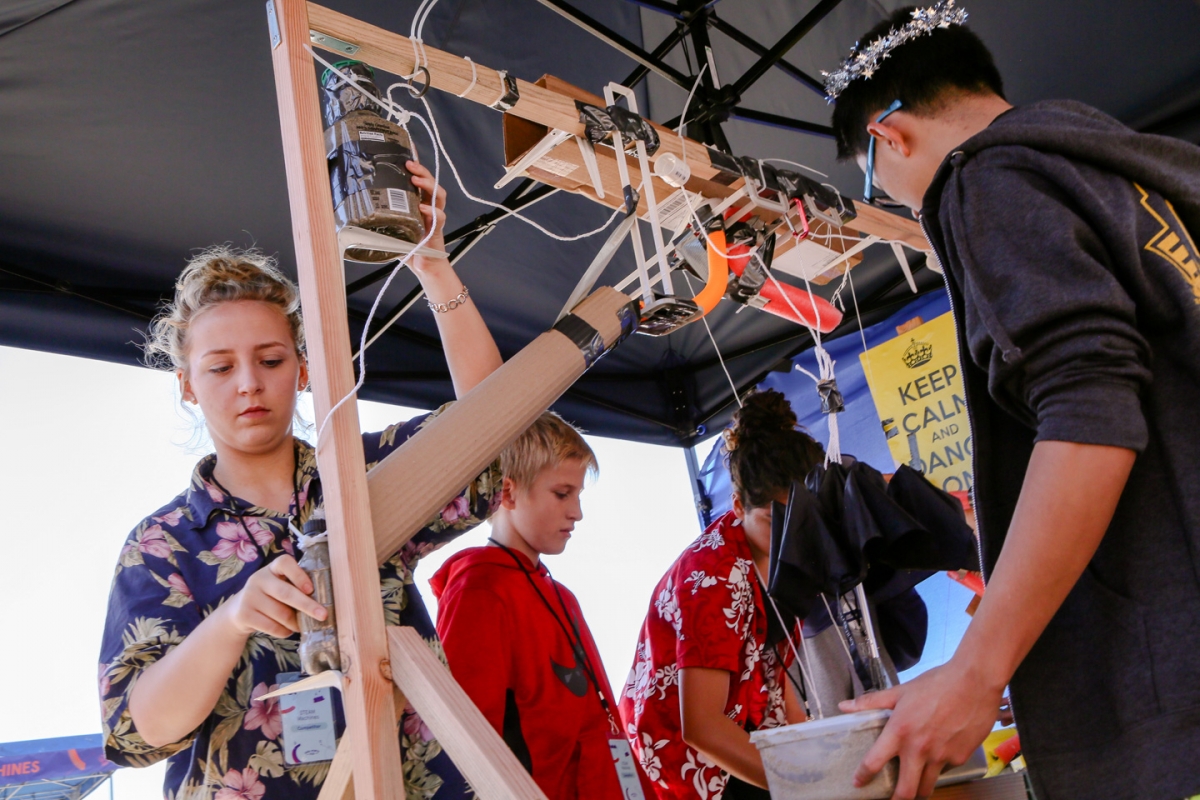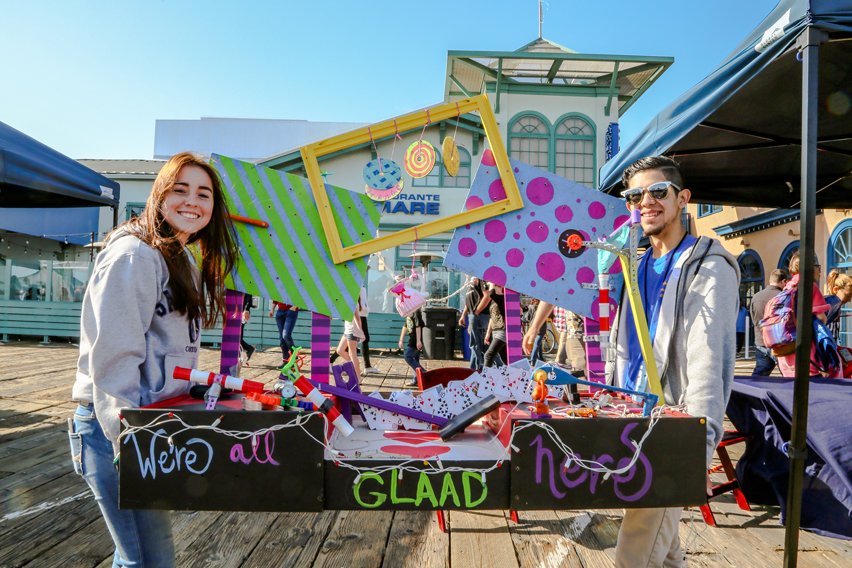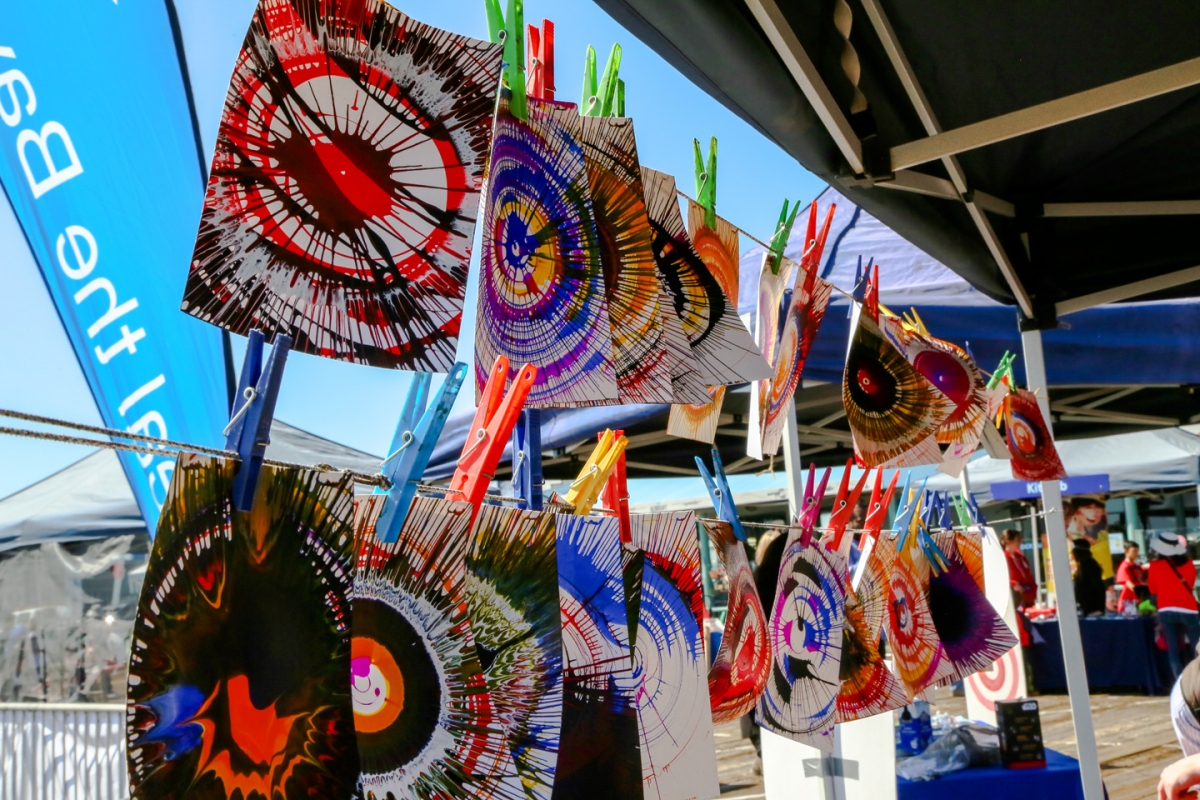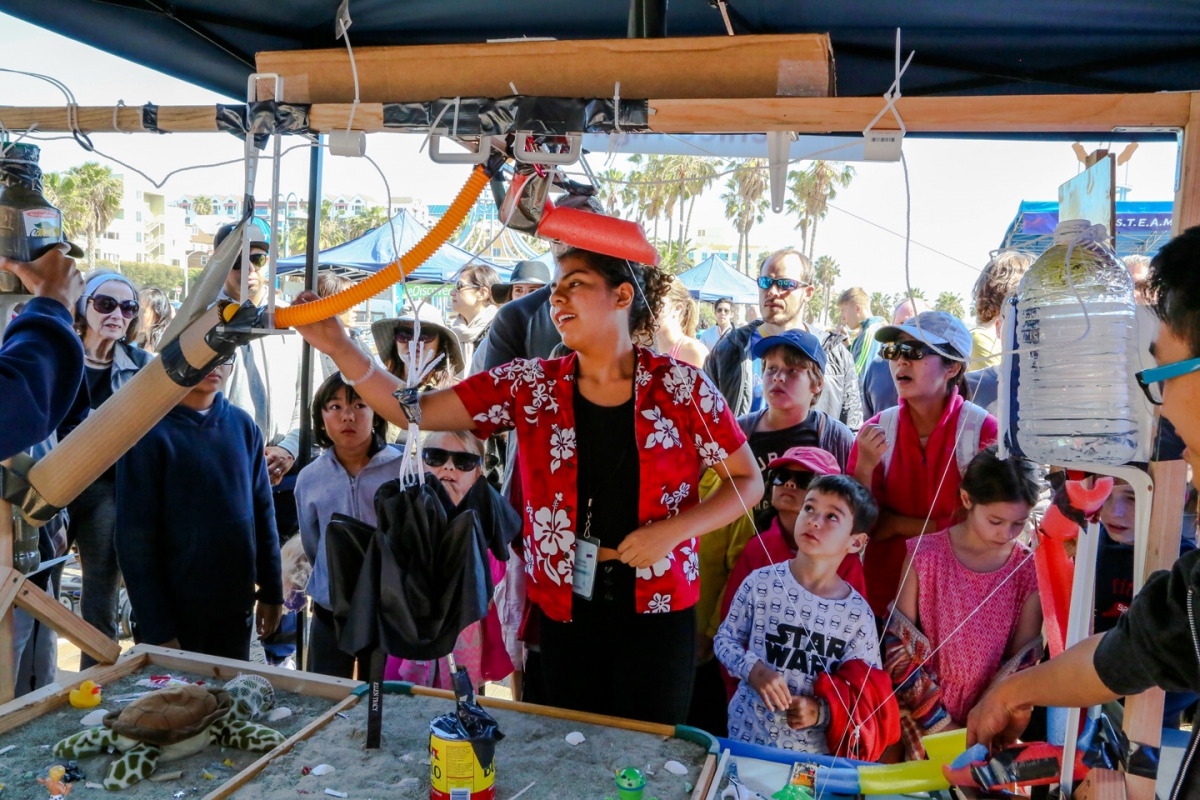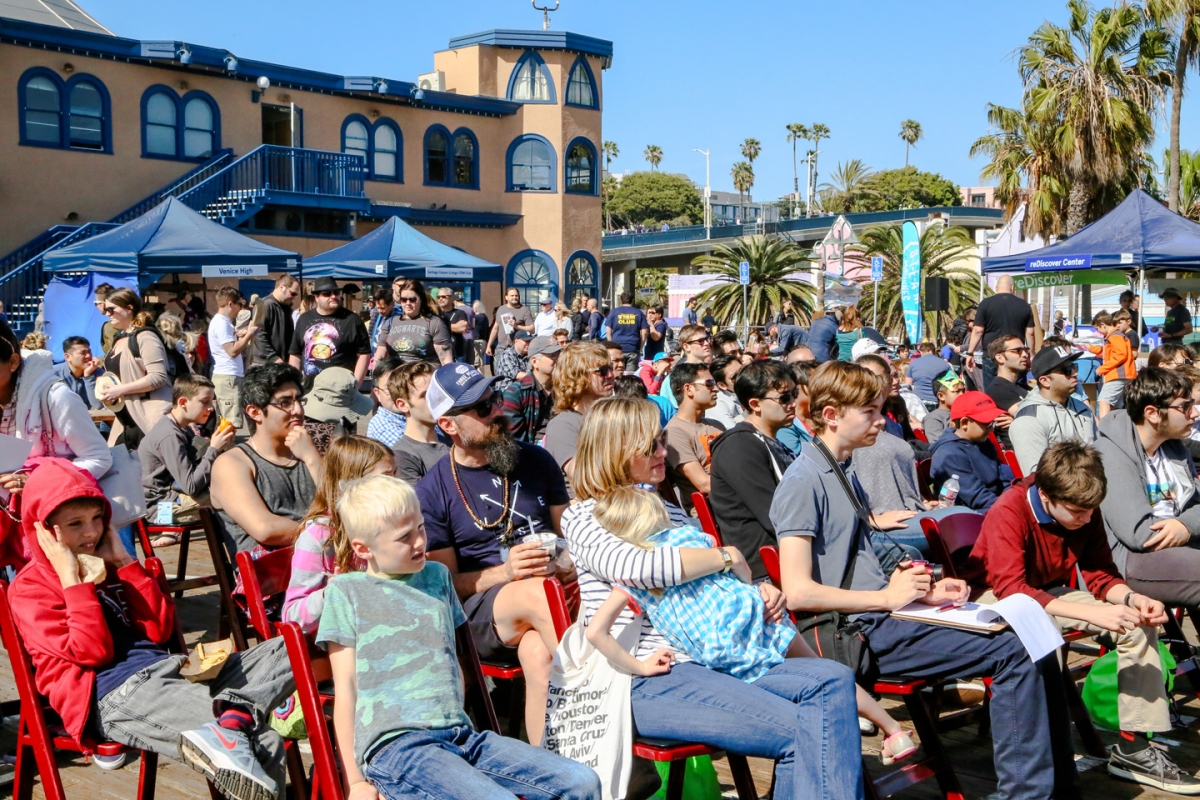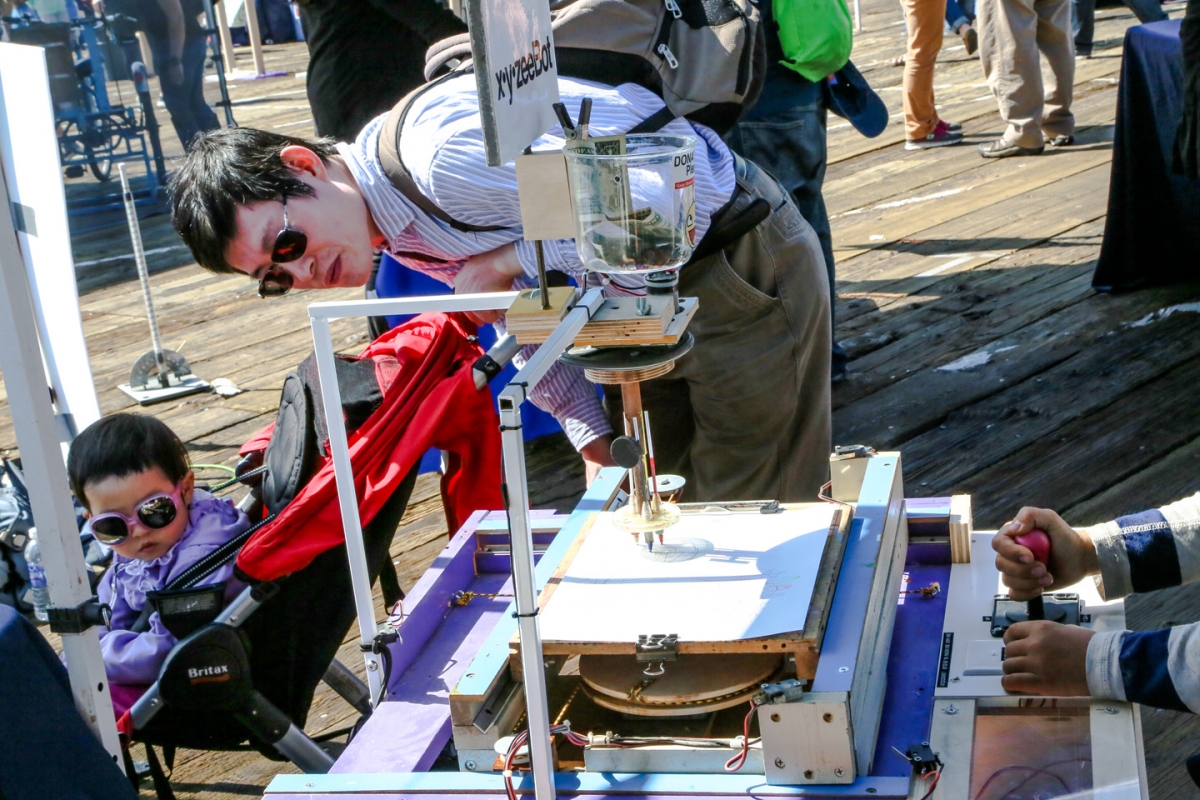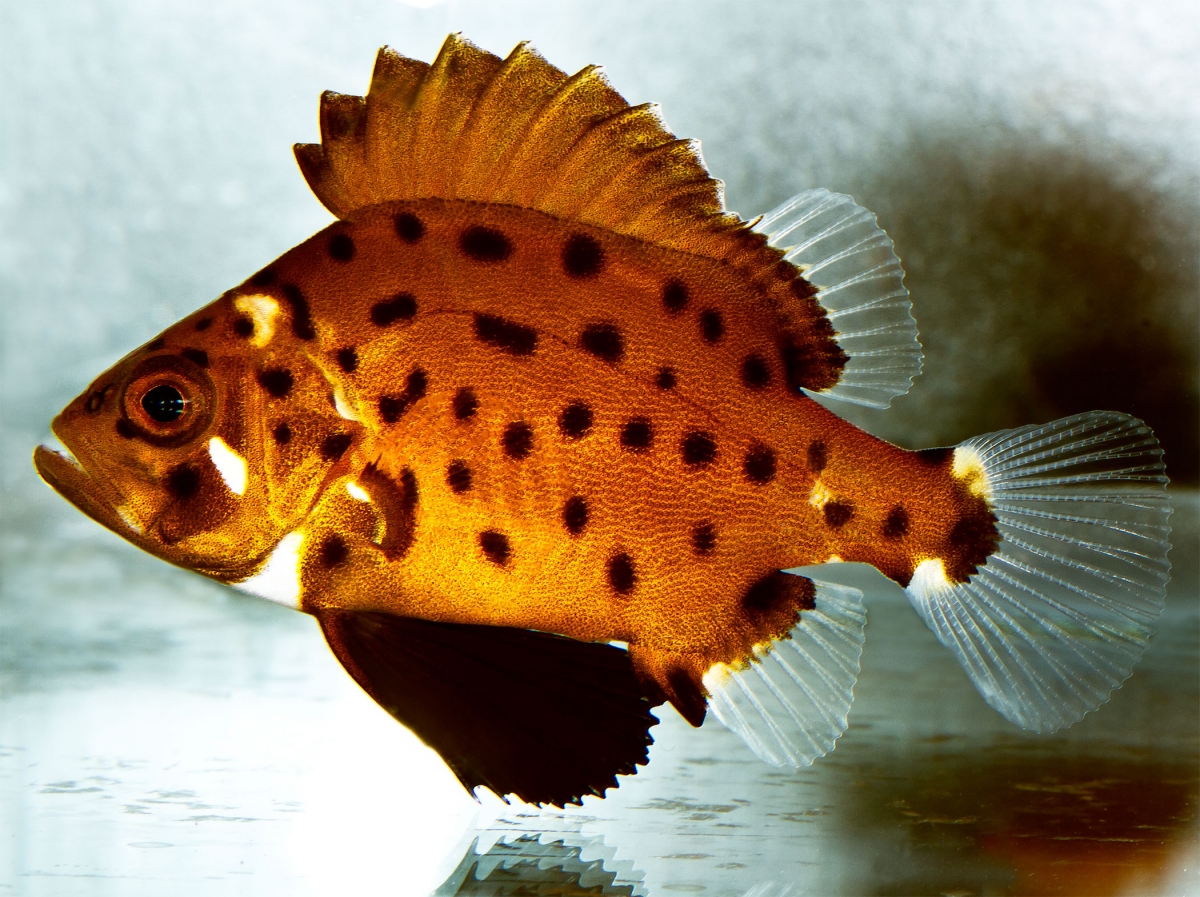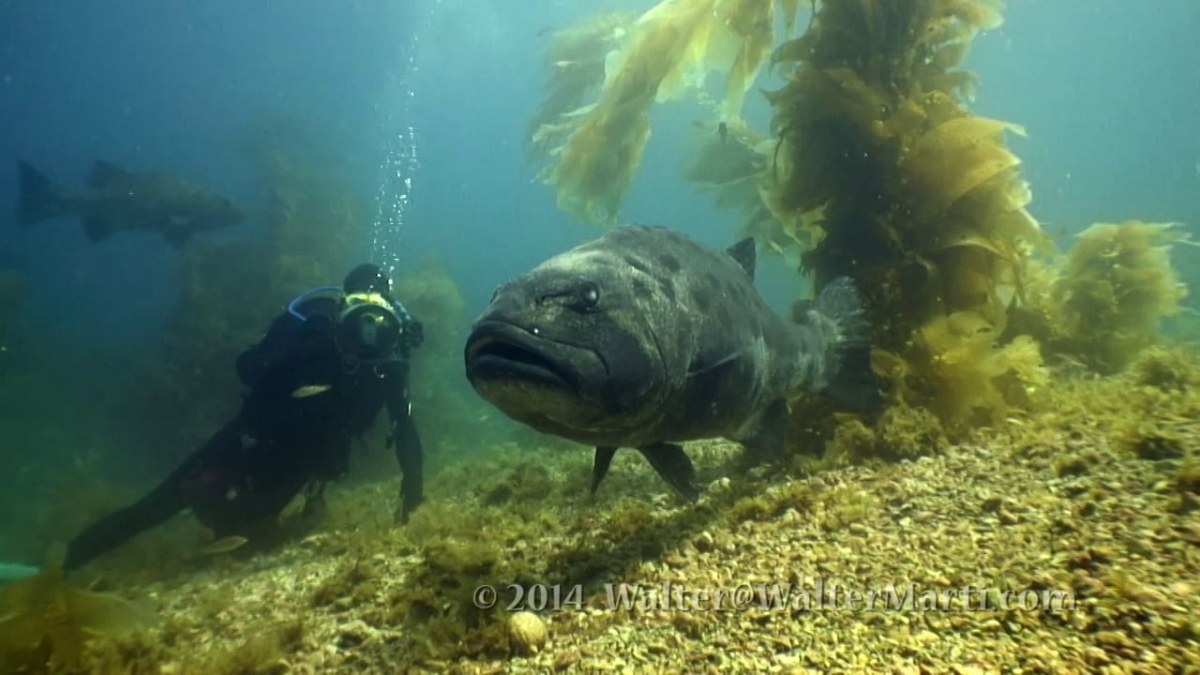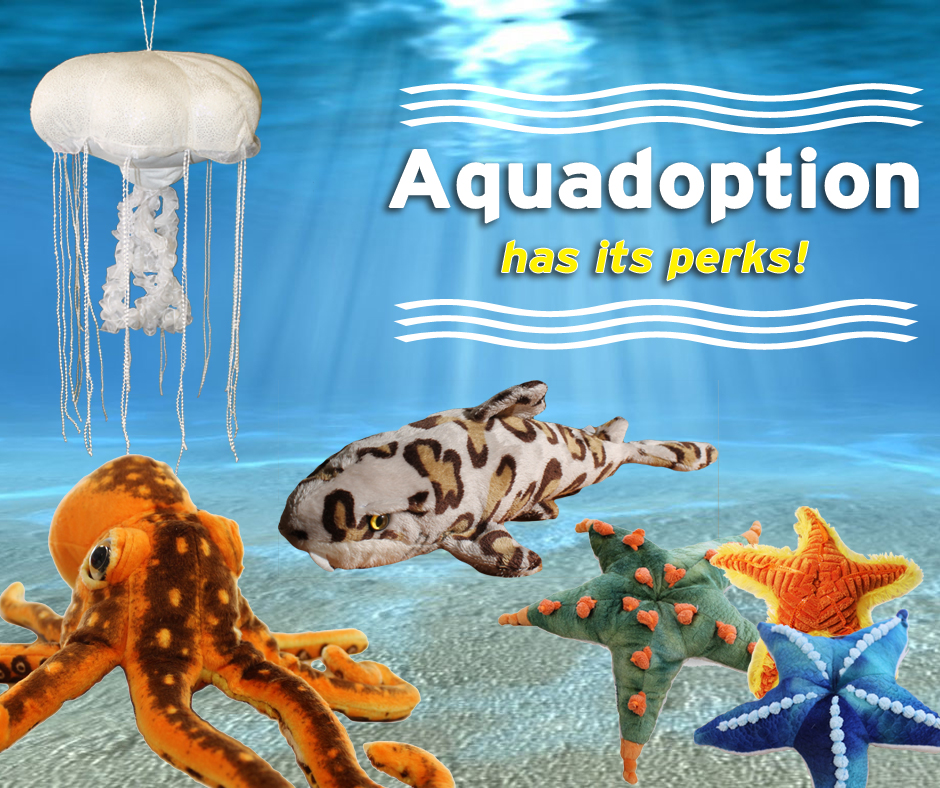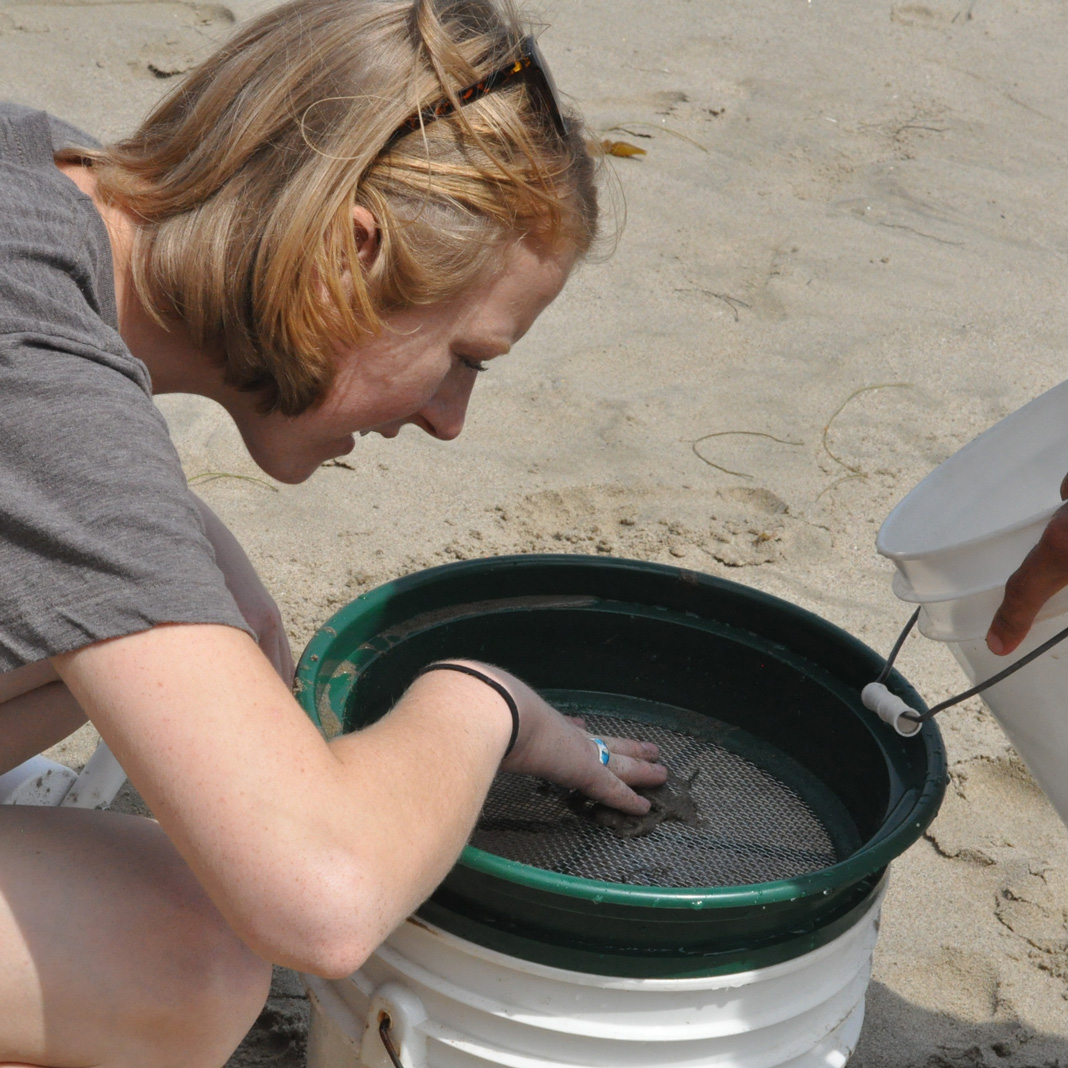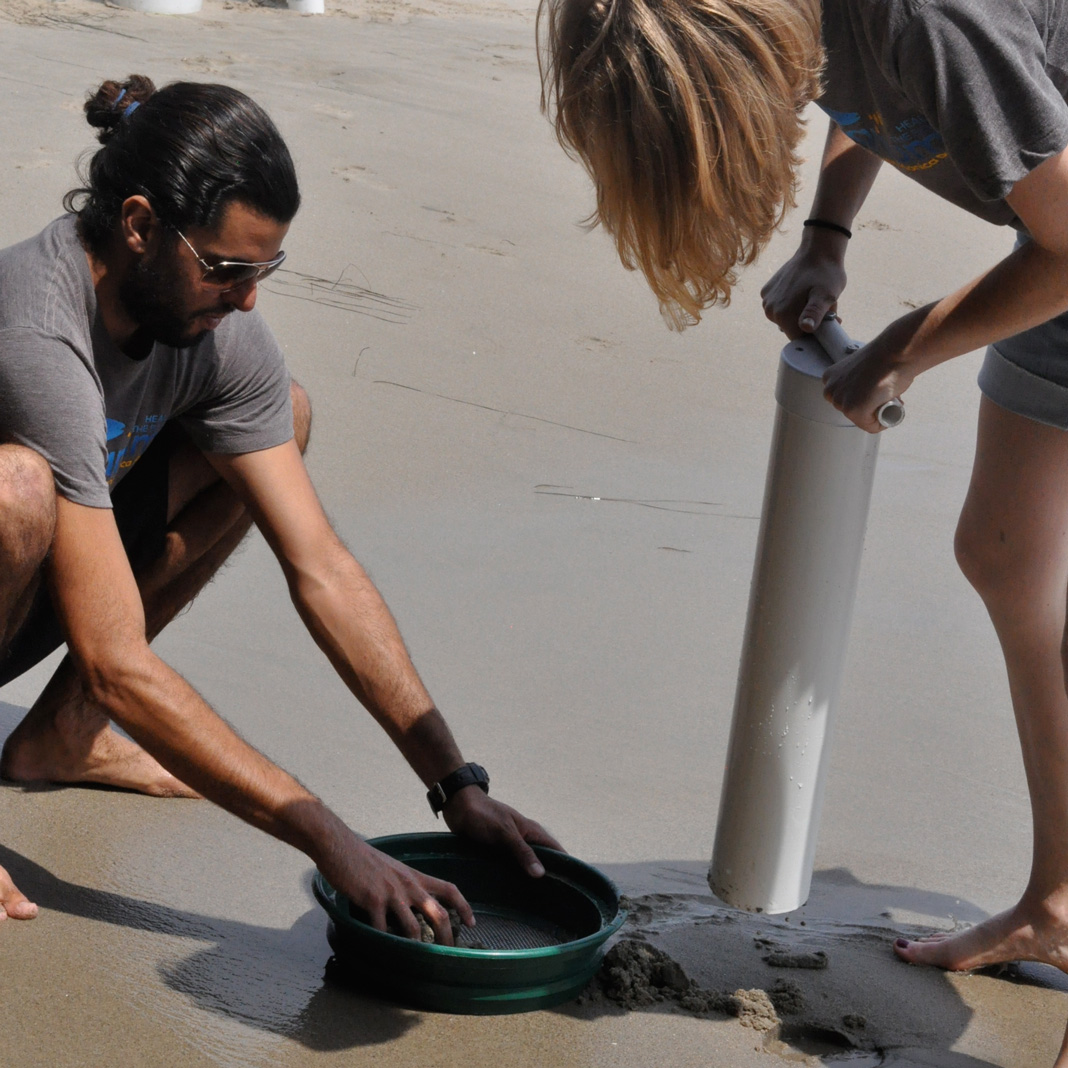Heal the Bay, in association with Storystation.co, is hosting a unique pop-up event at the Santa Monica Pier Aquarium on Jan. 26. Here, the Aquarium’s outreach manager Randi Parent reveals a sneak peak of the evening’s exciting lineup.
What better setting for an evening entitled: “Life Aquatic – Ocean Dwellers + Storytellers,” than the Santa Monica Pier Aquarium?
On Thursday, January 26, in association with Storystation.co, Heal the Bay is hosting a lively, local group of storytellers ready to share unscripted tales inspired by their personal connections to the ocean. Musical improv and the Aquarium’s tanks teeming with marine life serve as the perfect accompaniment for this unique pop-up storytelling event.
Snag your event tickets while space is still available. All proceeds benefit Heal the Bay.
Storystation.co, which produces the pop-up storytelling event series has revealed part of the lineup for our event on Jan 26th, including the following speakers and musicians.
Sneak Peek: Lineup for “Life Aquatic – Ocean Dwellers + Storytellers”

Jeff Ho
Take a cultural trip back to Santa Monica’s “Dogtown” days with storyteller Jeff Ho, Santa Monica’s legendary surfboard manufacturer and creator of the Zephyr skate team.

Marion Clark
Join Marion Clark of Surf Academy and Surf Bus Foundation, as she takes us to the powerful waves of the North Shore to accept an unexpected invitation.
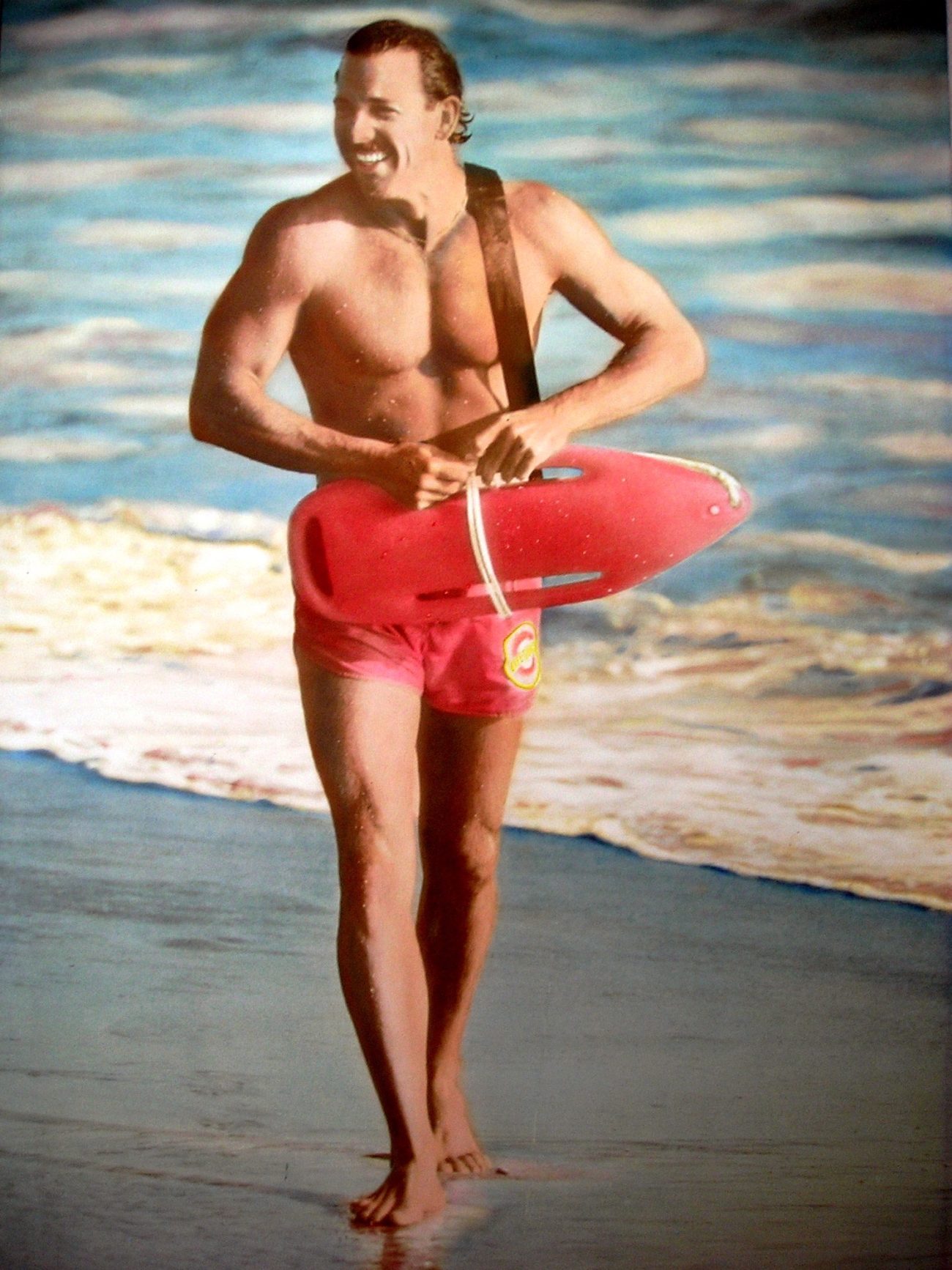
Gregory Bonann, Two Days After “The Rescue” In 1989.
Hear 47-year LA County Lifeguard and Baywatch co-creator Gregory Bonann’s story, as he takes us back to an unforgettable tour of local beaches, while he introduced the original team of Baywatch writers to the world of lifeguarding, and how he ended up earning the Medal of Valor.

Michelle Packman
Add a few more awesome storytellers and ace musicians – including cellist and LA/OC teacher Michelle Packman, singer and songwriter Kira Lingman, as well as Jim “Kimo” West, famous for his slack key guitar playing, and his 30 years playing with “Weird Al” Yankovic – and this will be an evening of eclectic, surprising, and inspiring experiences not to be missed.
Tickets are $20, with all proceeds going to Heal the Bay. Space is limited, so please RSVP in advance.



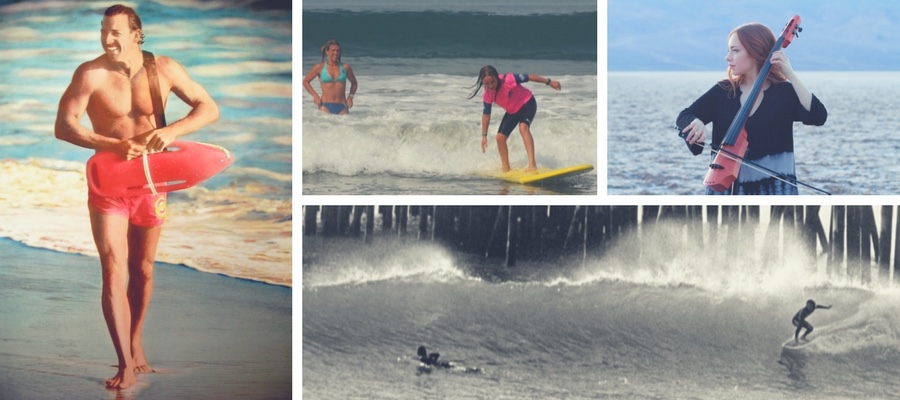
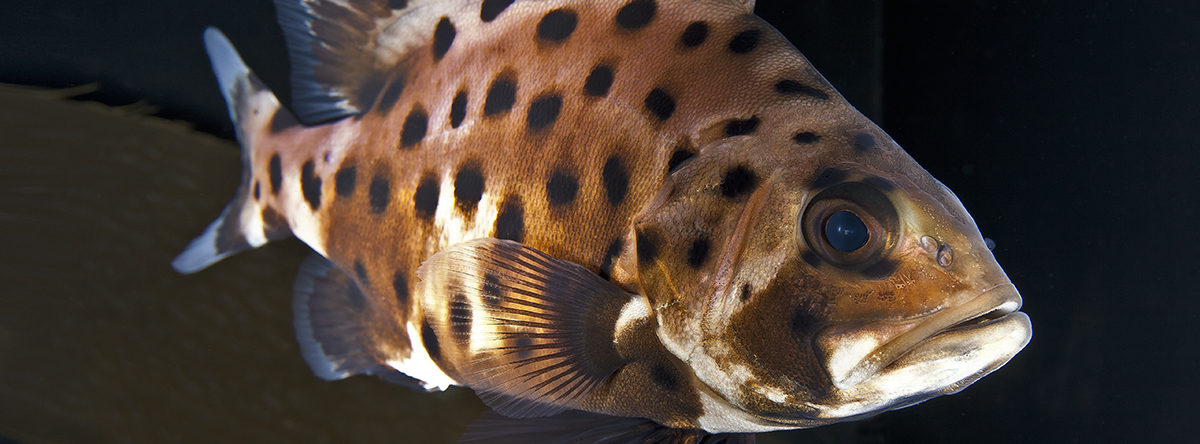

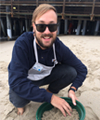 Taylor Spesak is the Aquarium’s public programs educator. Join him every Wednesday at 3pm for sand crab monitoring. The program is included with
Taylor Spesak is the Aquarium’s public programs educator. Join him every Wednesday at 3pm for sand crab monitoring. The program is included with 

